- Equipment >
- Marine Electronics >
- Depth transducer
Depth transducers
{{product.productLabel}} {{product.model}}
{{#if product.featureValues}}{{product.productPrice.formattedPrice}} {{#if product.productPrice.priceType === "PRICE_RANGE" }} - {{product.productPrice.formattedPriceMax}} {{/if}}
{{#each product.specData:i}}
{{name}}: {{value}}
{{#i!=(product.specData.length-1)}}
{{/end}}
{{/each}}
{{{product.idpText}}}
{{product.productLabel}} {{product.model}}
{{#if product.featureValues}}{{product.productPrice.formattedPrice}} {{#if product.productPrice.priceType === "PRICE_RANGE" }} - {{product.productPrice.formattedPriceMax}} {{/if}}
{{#each product.specData:i}}
{{name}}: {{value}}
{{#i!=(product.specData.length-1)}}
{{/end}}
{{/each}}
{{{product.idpText}}}
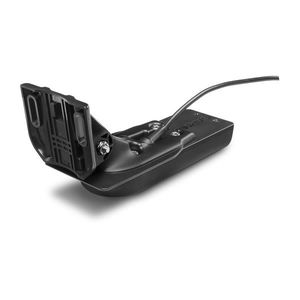
... mounted transducer consistently displays fish arches as well as clear pictures of objects, structure and fish that pass below your boat. The 20 ft transducer cable with built-in fast response temperature ...
Garmin
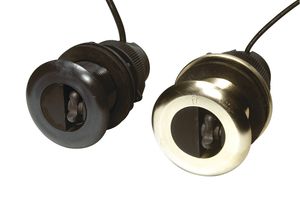
... Smart™ retractable Depth/Speed/Temperature Triducer, delivers precise digital depth, accurate speed and exact water temperature even at speeds above 40 knots - all with no programming or calibration necessary. ...
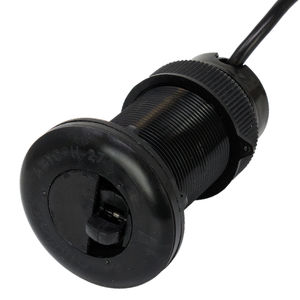
Power source: 9 V - 16 V
... PC-based software. In addition to water temperature, depth and newly upgraded 5.7 Hz (5X per second) speed-through-water output with improved speed resolution, the DST810 features an integrated attitude sensor ...
Airmar
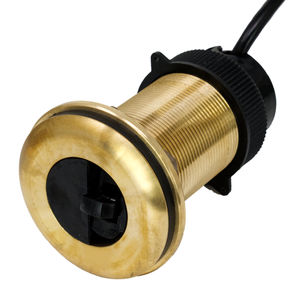
Power source: 9 V - 16 V
... PC-based software. In addition to water temperature, depth and newly upgraded 5.7 Hz (5X per second) speed-through-water output with improved speed resolution, the DST810 features an integrated attitude sensor ...
Airmar
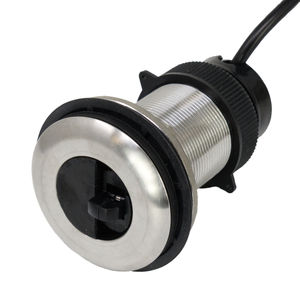
Power source: 9 V - 16 V
... PC-based software. In addition to water temperature, depth and newly upgraded 5.7 Hz (5X per second) speed-through-water output with improved speed resolution, the DST810 features an integrated attitude sensor ...
Airmar
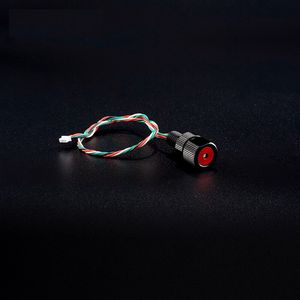
... MS5837 pressure sensor is a new pattern of high-resolution 12C interface pressure sensor. The MS5837 pressure sensor is an ideal choice for high-precision water depth measurement with ...

The Bar100 pressure sensor is a high-pressure underwater pressure sensor that is sealed from the water and ready to install in a watertight enclosure on your ROV, AUV, or other project. This sensor ...
BlueRobotics
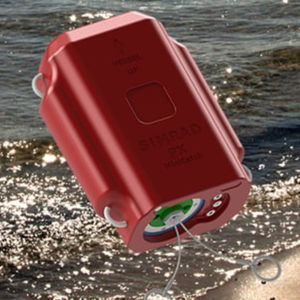
Overall length: 238 mm
Overall width: 178 mm
Overall height: 98 mm
... separately. The Depth/Temperature (D/T) version includes the catch sensor with a side-pull activator. The sensor also measures depth and temperature. The basic ...
Simrad
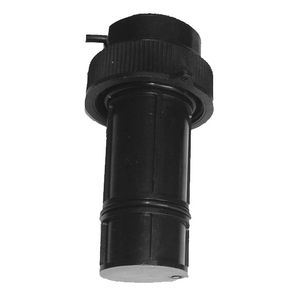
This sensor provides depth values in meters or feet depending on the system settings. An offset can be made to give depth below waterline or below the keel whichever is preferred. It ...
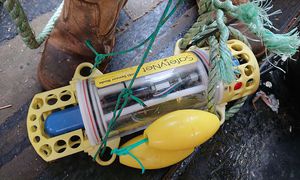
Overall length: 370 mm
UNDERWATER ENVIRONMENTAL SENSOR Enki is a net-mounted underwater sensor that lets you collect ocean data while you fish. COLLECT YOUR OWN OCEAN DATA Enki collects temperature, salinity, depth ...
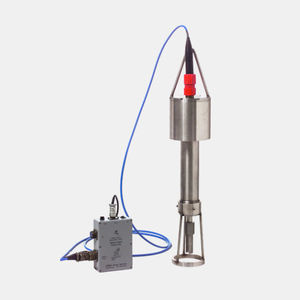
... strength, viscosity to measure the nautical depth. The RheoTune is a versatile system that provides both density as well as yield stress profiles of fluid mud simultaneously to determine the nautical depth. ...
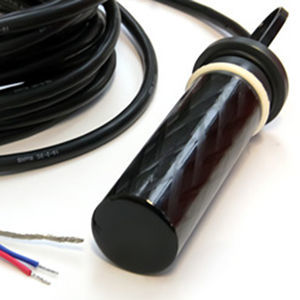
Overall width: 32 mm
Available in 170kHz and 200kHz versions. Replacements for now discontinued and out of stock parts B&G 401-00-011, B&G 610-0A-027, B&G 199-00-018 and B&G 610-0A-040. The 170kHz version is for use with B&G H2000 and B&G H3000 systems. ...
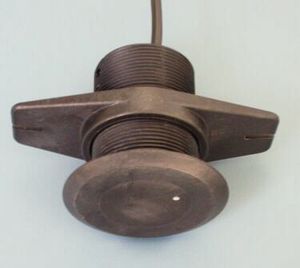
... active transducers output NMEA 0183 serial data of depth and water temperature. Numerous models suit most applications requiring NMEA $SDDPT, $SDDBT and $SDMTW depth/temperature data. The ...
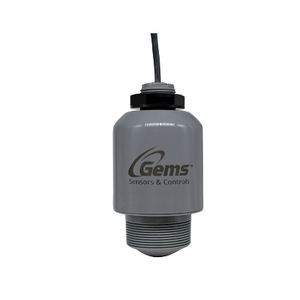
Power source: 24 V - 36 V
Overall length: 6 in
Overall width: 3 in
Introducing Gems' New RLI Series Non-Contact Radar Level Sensor Available in a compact design constructed from chemically inert PVDF material, the RLI Series Non-Contact Radar Sensor features models ...
Your suggestions for improvement:
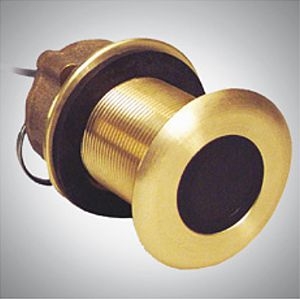
The depth transducer calculates the distance separating it from the seabed and sends the measurement to an electronic device with displays the results on a screen.
ApplicationsThese sensors are essential elements of depth sounders, highly useful devices for sailing in shallow waters with rocky bottoms, channels with shifting sandbanks or in similar situations. They also can be used for finding fish or to determine the amount of chain to pay out based on the depth of the anchorage.
TechnologiesThe transducer bounces ultrasound signals off the seabed at regular intervals and measures the return time of the echo. Made of bronze or plastic, the device can be part of a through-hull fitting, mounted to the hull's exterior or at the stern. Some operate on several frequencies, permitting analysis of seabed layering, while broad- or multi-beam units simultaneously examine a wide swath of the bottom, often at significant depth.
How to chooseChoice will depend on the instrument's make, connector type and functions, including dual or triple frequency and possible inclusion of a graphic readout. Mounting system is another factor. Through-hull fittings are not recommended for metal hulls, while a stern mount is most suitable for small power vessels.
the best suppliers
Subscribe to our newsletter
Receive regular updates on this section.
Please refer to our Privacy Policy for details on how NauticExpo processes your personal data.
- Brand list
- Manufacturer account
- Buyer account
- Our services
- Newsletter subscription
- About VirtualExpo Group














Please specify:
Help us improve:
remaining